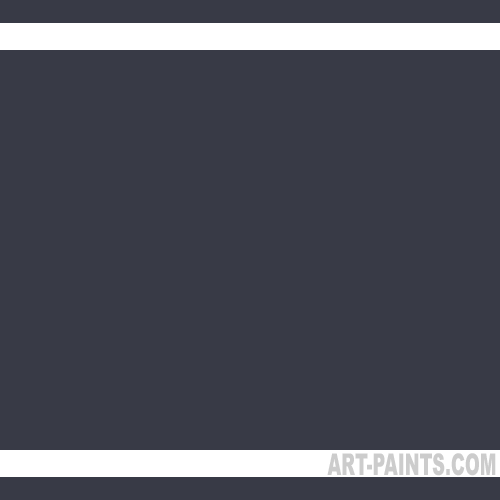A beginning watercolor artist needs to learn how to mix paints, both on the palette, and with layers.
Both watercolor painting techniques are used regularly, and becoming adept in both takes practice and experimentation.
Working With Color
In order to mix color, the artist needs to learn the relationship between colors. Learning the color wheel and experimenting with the colors in your tabouret. Spending time constructing a color chart to see how colors react when mixed with each other. Learning how to build colors with the primary palette is a great step in moving the quality of workmanship above that of student grade.
Another useful color chart is one that shows layers of paint.
Paint a stripe of color horizontally across the sheet and allow it to dry thoroughly. Then paint a vertical stripe over it and see how the second color changes the first. Continue with this procedure until you have used all the colors in your paint box. You now have a sheet that shows all your paints with layers of each other color.
Since watercolor is translucent, the original color still is evident, but is subtly changed with the overlay. The result is much different than if you were to simply mix the two together. Glazing is a real achievement in becoming a competent, skilled watercolor artist.
Creating Black And Gray
Not only does the artist need to learn to mix color, he needs to learn to create the shadows and negative spaces in his painting.
Many art instructors will admonish the student never to have black paint in his paint box. Grays and blacks can achieve far greater impact when created using the same colors in the painting, rather than merely adding tube black to produce them.
This method involves mixing complementary colors with one another to give life to the shading. Dark areas are seldom truly black, but have nuance of many hues reflected in them. The artist learns to see these subtleties and translate them to the page.
Using a color chart with examples of warm and cool darks and grays is a good reference for an artist. Creating one with the paint in the artist’s own collection will personalize the chart to their particular needs.
Paints
Every manufacturer has their own special formulation for their products. This means that no two brands of paint will have identical coloration.
There may be very subtle differences, or they may be quite dissimilar.
Take, for example, Payne’s Gray. This color is a deep, rich neutral. It is a cool gray that contains blue. Different makers have various formulas, and some significantly bluer than others. An artist may have more than one brand of this, or any color. A carpenter has more than one hammer, wrench, or screwdriver. Likewise, the watercolor artist needs a full contingency of equipment to complete his paintings successfully.
Winsor and Newton Payne’s Gray
Holbein Payne’s Gray
American Journey Payne’s Gray
How To Mix Paints On The Palette And With Layers
Mixing paints on the palette is simple. Add water and paint, swirl a little and there you go. The trick is using the right colors and the right amount of paint. Practice and it becomes second nature. If an artist is painting an area of bright, intense color, it is important that the mixing area of the palette is clean of other color that could muddy the blend. If the color to be painted is toned down, the addition of bits of random paint from other areas helps to unify the tone of the entire painting.
Glazes
Glazes, or layers, takes longer than applying paints with color premixed on the palette. Layers must have time to dry thoroughly, and care must be taken not over work the area. Spending too much time and brushwork can cause the dry area to re-activate and bleed color into the top glaze. Applying layers takes skill, but with practice, it can be mastered.
A watercolor artist usually selects a color palette for a picture. Just as a cook combines ingredients from a recipe to create a dish, the watercolor artist will mix a selection of colors that best describe the painting in question. Using a select group of paints unites the subject within the overall painting.
An artist’s personal palette will evolve over time. A new color takes the place of the old, a different brand may have a color more pleasing than the one originally purchased. This can become costly. Talking to other artists, seeing how they mix a palette, looking at their work and reading can reduce expensive mistakes. Trying new hues can be a pleasure, as manufacturers are regularly adding to their lines. It can give new impetus to foundering inspiration or shed new light on an old theme. Mastering color and how to create and apply it is one of the most important skills an artist can learn.


